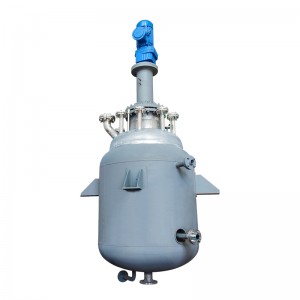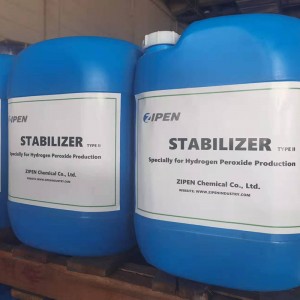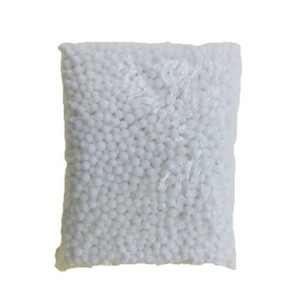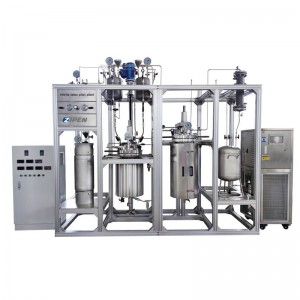Pilot/Industrial magnetic stirred reactors
The reactor is widely used in petroleum, chemical, rubber, pesticide, dye, medicine, food and is used to complete the pressure vessel of vulcanization, nitrification, hydrogenation, alkylation, polymerization, condensation, etc. According to different production processes, operating conditions, etc, the design structure and parameters of the reactor are different, that is, the structure of the reactor is different, and it belongs to non-standard container equipment.
The materials generally include carbon-manganese steel, stainless steel, zirconium, nickel-based (Hastelloy, Monel, Inconel) alloys and other non-ferrous metals and other composite materials. Heating/cooling methods can be divided into electric heating, hot water heating, and heat transfer oil. Circulating heating, steam heating, far-infrared heating, outer (inner) coil heating, electromagnetic induction heating, jacket cooling and kettle inner coil cooling, etc. The choice of heating method is mainly related to the heating/cooling temperature required for the chemical reaction and the amount of heat required. The agitator has anchor type, frame type, paddle type, turbine type, scraper type, combined type and other multilayer composite paddles. Design and manufacture must be made according to the process requirements of different working environments.
What’s the Pilot Magnetic High Pressure Reactor?
The pilot magnetic high pressure reactor is mainly composed of four parts: inner tank, jacket, stirring device, and support base (the structure with heat preservation can be adopted according to the process requirements).
The inner tank body is made of stainless steel (SUS304, SUS316L or SUS321) and other materials are made according to the process requirements, and the inner surface is mirror-polished. It can be cleaned by online CIP and sterilized by SIP, which meets the requirements of hygiene standards.
The jacket is made of stainless steel (SUS304) or carbon steel (Q235-B) according to the process requirements.
Appropriate diameter-to-height ratio design, customized mixing device according to needs; mixing shaft seal adopts pressure-resistant hygienic mechanical seal device to maintain the working pressure in the tank and prevent the leakage of the material in the tank and cause unnecessary pollution and material loss.
The support type adopts the suspension lug type or the landing leg type according to the operation requirements.
What is the Pilot Magnetic High-pressure Reactor used for?
The Pilot Magnetic High-pressure Reactor is mainly used for stirring the material to make the test evenly and thoroughly. It is widely used in the fields of petroleum, chemicals, rubber, agriculture, dye etc.
Our advantages of Pilot Magnetic High-pressure Reactor?
1. Heating method: electric heating, water circulation, heat transfer oil, steam, far infrared heating, etc.
2. Discharge method: upper discharge, lower discharge.
3. Mixing shaft: Self-lubricating wear-resistant shaft sleeve is used, which is suitable for mixing various media.
4. Stirring type: paddle type, anchor type, frame type, push type, spiral belt type, turbine type, etc.
5. Sealing method: magnetic seal, mechanical seal, packing seal.
6. Motor: The motor is an ordinary DC motor, or generally a DC servo motor, or an explosion-proof motor according to user requirements.












